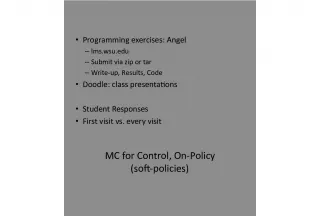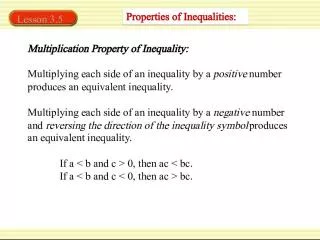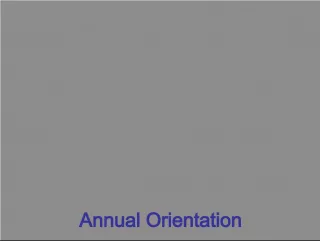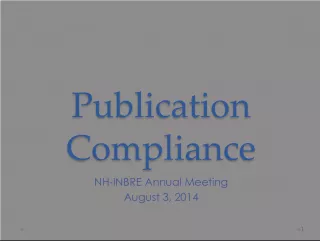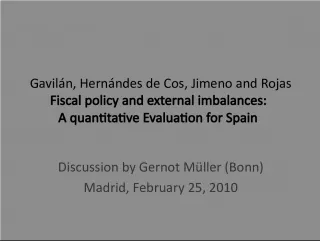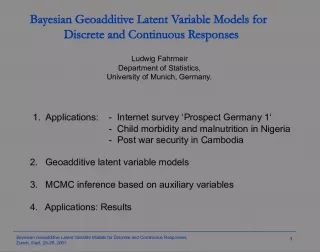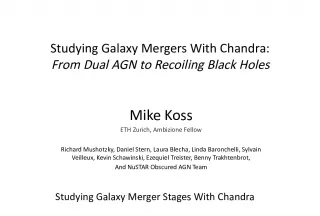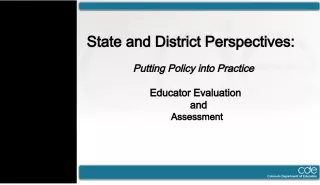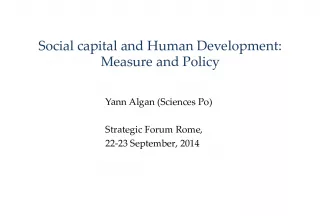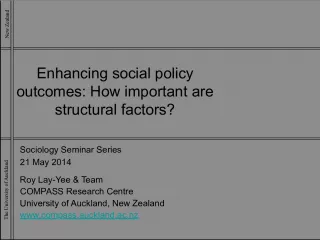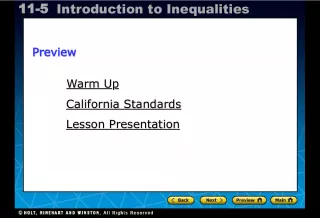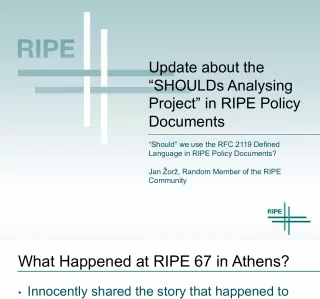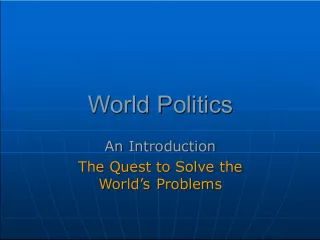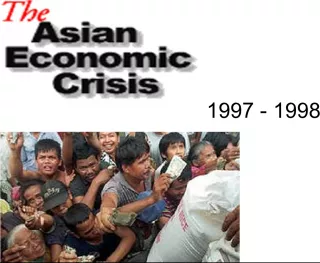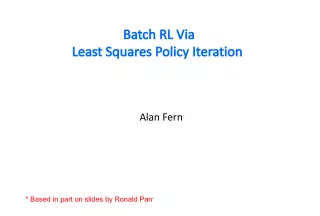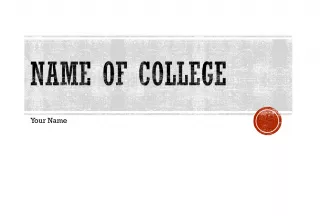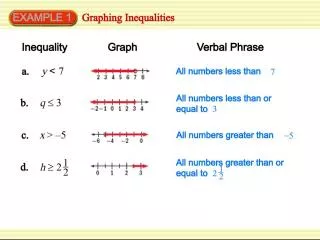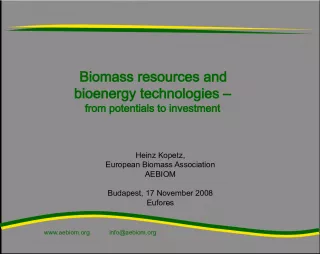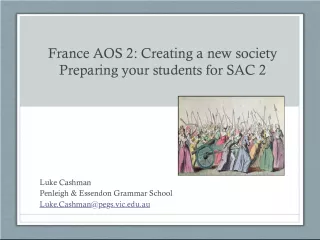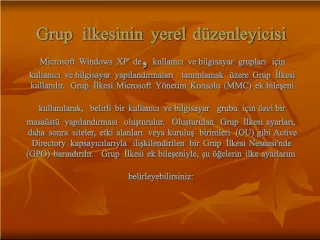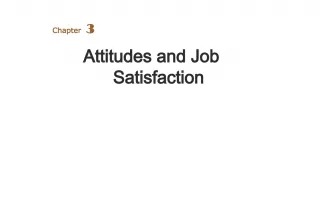MACROINEQUALITY - Studying the Macroeconomics of Inequality and Policy Responses
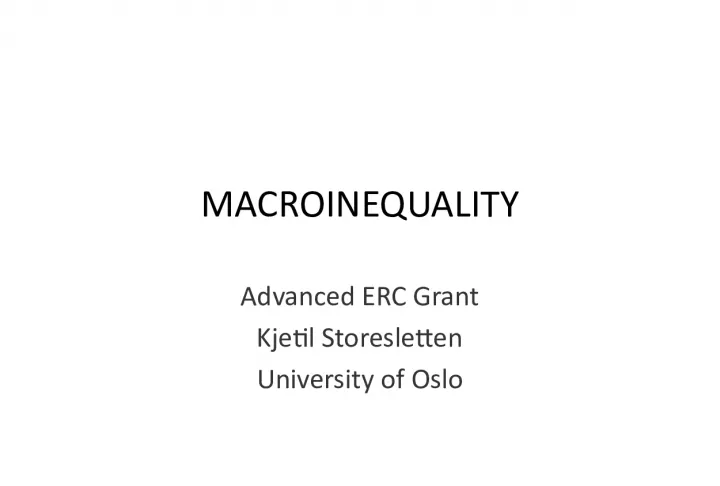

This ERC-funded project by Kjetil Storesletten at University of Oslo aims to study the causes of growing inequality in developed countries and the transformation of China. Using a macroeconomic approach with heterogeneity, the project also seeks to develop analytical tools to facilitate tractability and introduce human error into standard models.
- Uploaded on | 3 Views
-
 chad
chad
About MACROINEQUALITY - Studying the Macroeconomics of Inequality and Policy Responses
PowerPoint presentation about 'MACROINEQUALITY - Studying the Macroeconomics of Inequality and Policy Responses'. This presentation describes the topic on This ERC-funded project by Kjetil Storesletten at University of Oslo aims to study the causes of growing inequality in developed countries and the transformation of China. Using a macroeconomic approach with heterogeneity, the project also seeks to develop analytical tools to facilitate tractability and introduce human error into standard models.. The key topics included in this slideshow are macroeconomics, inequality, policy responses, China, human error,. Download this presentation absolutely free.
Presentation Transcript
1. MACROINEQUALITY Advanced ERC Grant Kjetil Storesletten University of Oslo
2. MACROINEQUALITY Macroeconomics of Inequality, Development, and the Welfare State Main purpose: study causes of and policy responses to two key macroeconomic trends rapid transformation of China growing inequality in developed countries. Common theme: macroeconomics with heterogeneity
3. More details 1 Grand aim of economics: build a model of human behavior sufficiently rich and sufficiently simple to be useful for addressing real policy questions. Major obstacle 1: usefulness requires tractability. Will develop analytical tools to facilitate tractability of large-scale model Major obstacle 2: Standard models have so far lacked a convincing element of human error. Project aims to introduce and estimate the extent of such mistakes.
4. More details 2 China: What caused the rapid growth? Why was growth concentrated to regions that had less capital and production in 1992? Growth has been accompanied by huge rise in inequality and a growing demographic imbalance. How should the welfare state (incl. pension system) be designed to foster inclusive growth? Will the politico-economic forces of economic transition and growth ultimately promote democracy?
5. Resources ERC funding: 2.1 million University of Oslo and Ministry of Education and Research top up with about 65% 22 million NOK (over 5 years) left after UiO has taken its cut of the cake.
6. How to spend it Social sciences: mainly personell costs Will fund three postdoctoral fellows + 1 PhD student Twofold aim: 1. Short run: make MACROINEQUALITY successful 2. Long run: build group in macroeconomics at UiO Hire postdocs at international market Challenge: Norwegian regulations obstacles to successful hiring (cannot promise tenure track, max 4 years employment, hiring must happen in short time) Needed: innovation within current rules AND a supportive administration (department head + faculty)
7. Experiences with ERC ERC is serious about spending and budget items Budget deviations require careful motivation Rigid rules about e.g. IT equipment and representation (get good help from UiO office) ERC cut proposal by 16% Key: Important to think carefully about budget before submitting proposal Try to keep spending items general (to preserve flexibility) Motivate spending items by tying them directly to specific subprojects
